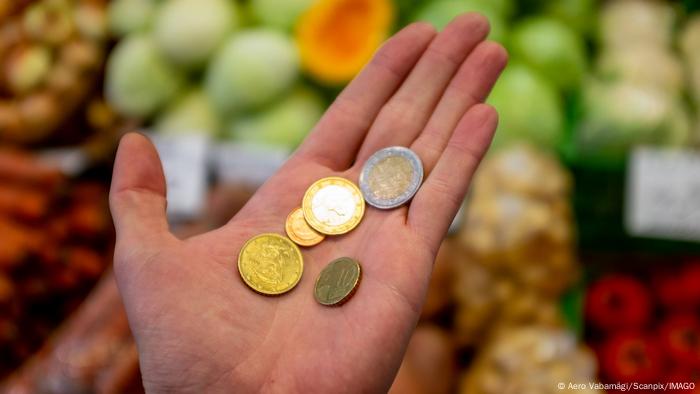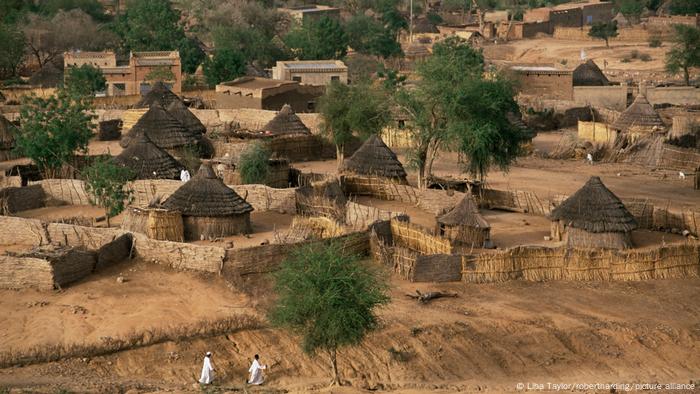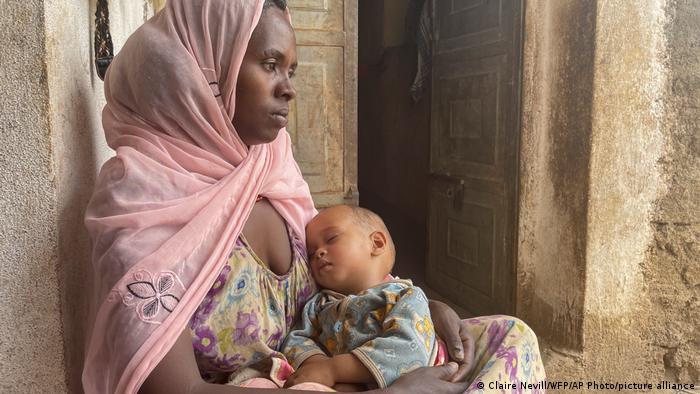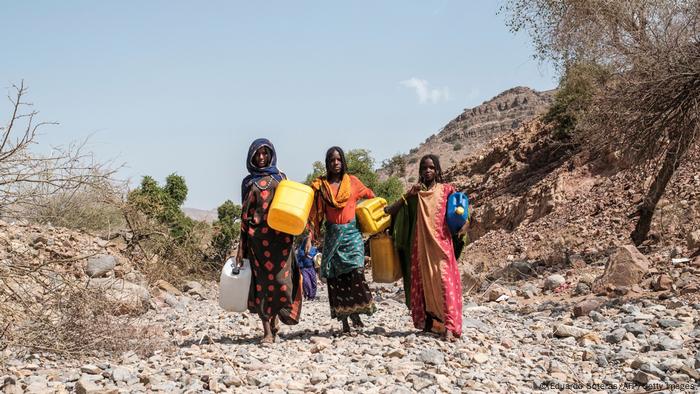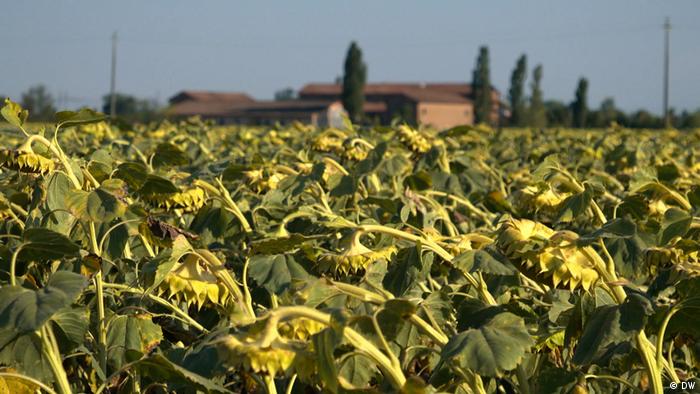India sacks 3 officers for misfiring missile into Pakistan
India's air force says the three officers deviated from procedures, leading to an "accidental firing" of a cruise missile into Pakistan's Punjab province.
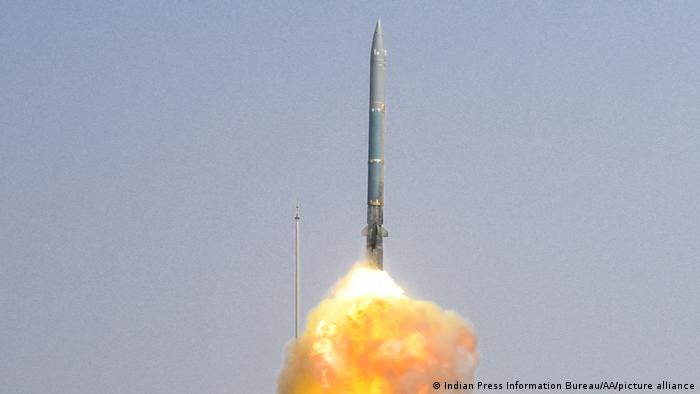
Three Indian air force officers have been dismissed for accidentally launching a missile toward Pakistan. Pictured is a supersonic missile launched from Wheeler Island in the eastern Indian state of Odisha during a test.
India's air force on Tuesday dismissed three officers for accidentally firing a cruise missile into neighboring Pakistan.
The air force in a statement said a formal inquiry found that "deviation from the Standard Operating Procedures by three officers led to the accidental firing of the missile" into Pakistan.
"These three officers have primarily been held responsible for the incident. Their services have been terminated by the Central Govt with immediate effect," the statement said.
The BrahMos cruise missile was fired from India on March 9. It landed in Pakistan's eastern Punjab province, roughly 125 kilometers (78 miles) inside Pakistani territory, damaging a wall in a residential area. No casualties or injuries were reported.
Pakistani officials demanded an explanation from New Delhi and called the launch a "flagrant violation" of the country's airspace.
Two days after the launch, India's defense ministry acknowledged the mistake, saying that the firing was caused by a "technical malfunction" during routine maintenance. The ministry called the incident "deeply regrettable."
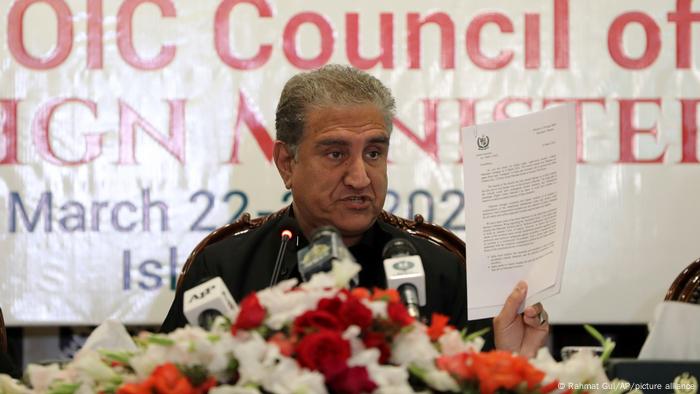
Islamabad sent a letter to the UN Security Council regarding the missile
Tensions between Pakistan and India
India and Pakistan have fought three wars since the two country's independence from the British Empire in 1947. Both Islamabad and New Delhi lay claim to the entire territory of the disputed Himalayan region of Kashmir.
In 2019, Pakistan's air force shot down an Indian aircraft in a Pakistani-administered area of Kashmir and captured a pilot, who was later released. Earlier, an Indian warplane carried out an airstrike allegedly targeting militants in the town of Balakot in Pakistan's northwestern region of Kyber-Pakhtunkhwa. The town lies immediately west of Pakistani-administered Kashmir.
sdi/rt (AP, AFP, Reuters, dpa)
